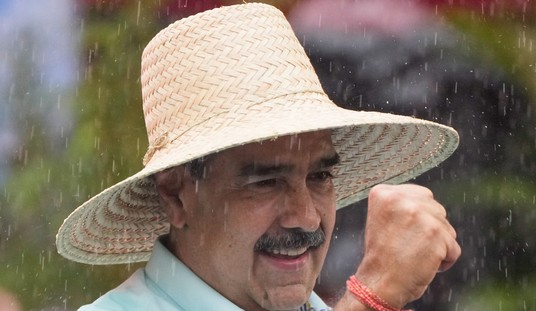The lengths to which the Centers for Disease Control and Prevention (CDC) is prepared to go to mislead the public was laid bare on October 6 during an astonishing zoom call to announce the results of the latest data on youth vaping.
Convened to launch the taxpayer-funded CDC publication, “Notes from the Field: E-cigarette Use Among Middle and High School Students,” stakeholders logged in to learn of the long-awaited new figures. However, CDC Press Officer Robin Scala seemed unhappy that some were in attendance and, describing the event as a briefing for CDC “partners” only, requested all unapproved attendees to leave.
Scala was so annoyed at the idea of anyone other than a carefully selected few being allowed to hear the research findings in advance of official publication, she even quizzed Brown University’s Dr. Jasjit Ahluwalia as to who he was when he had the gall to make a positive observation that the number of high school students using e-cigarettes regularly had dramatically declined from 2019. Scala was probably upset that Ahluwalia’s comment was not in keeping with the youth alarmism narrative pushed by the CDC.
This could be understandable if representatives of all stakeholders had been invited to be CDC “partners,” but that is nowhere near the case. Only those who are implacably opposed to vaping were intended to be on the call. The call soon turned out to be a means of sharing notes and discussing propaganda lines so that prohibitionist groups were prepared with media material when the data became officially public.
Despite youth vaping having declined dramatically since 2019, the partner organizations sought reassurances that the term “epidemic” would continue to be utilized, to which the CDC agreed that this would be the case. On being questioned by an unapproved attendee as to what the threshold is to be officially classed an epidemic, the questioner was first told he should not be asking that question. Before the question was dodged, a CDC representative stated that their optimum number of youth vapers is zero.
Recommended
This zoom event was more a form of collective activism with the CDC working in partnership with anti-vaping groups to shape the media agenda rather than an exercise in objective information-sharing and impartial analysis.
The data was duly released by the CDC in a manner which drove the youth vaping epidemic narrative. Linda Neff, head of epidemiology branch at the CDC's Office on Smoking and Health, followed the agenda of the zoom call by telling NBC that "[t]hese numbers confirm that the e-cigarette epidemic in our country is far from over."
To avoid comparison with youth combustible cigarette use, which is almost non-existent since the rise of vaping, the CDC also did not release smoking and other tobacco data at the same time. This left the field open for yet another assault on vaping in general using children as a cloak.
Immediately following publication, anti-vaping groups such as the Campaign for Tobacco Free Kids and the Truth Initiative swiftly issued press releases after having been given pre-embargo access to the CDC’s findings which all other stakeholders were forced to wait for. This was an obvious well-choreographed deliberate misdirection of the American public.
It’s difficult to not believe that the CDC is more interested in creating fear and collaborating with vested interest prohibitionists rather than acting as an impartial broker of information to the public. One must wonder why the CDC is so heavily motivated against products which are estimated to be at least 95 percent less harmful than combustible tobacco that they are comfortable perverting democracy by colluding with heavily funded activists to misrepresent evidence and drive a pre-conceived agenda.
The public expects the CDC to provide sound science-based information, yet their biased and manipulative treatment of a routine publication on youth tobacco and vaping data shows that they cannot be trusted to do so in a professional and even-handed manner. The agency seems wedded to an abstinence-only approach to consumer nicotine which protects the cigarette industry. It seems almost ironic that the same agency is also tasked with tallying the hundreds of thousands of annual deaths from smoking, many which could be avoided if more people could be convinced to try safer alternatives.
Martin Cullip is International Fellow at The Taxpayers Protection Alliance's Consumer Center and is based in South London, UK.

























Join the conversation as a VIP Member